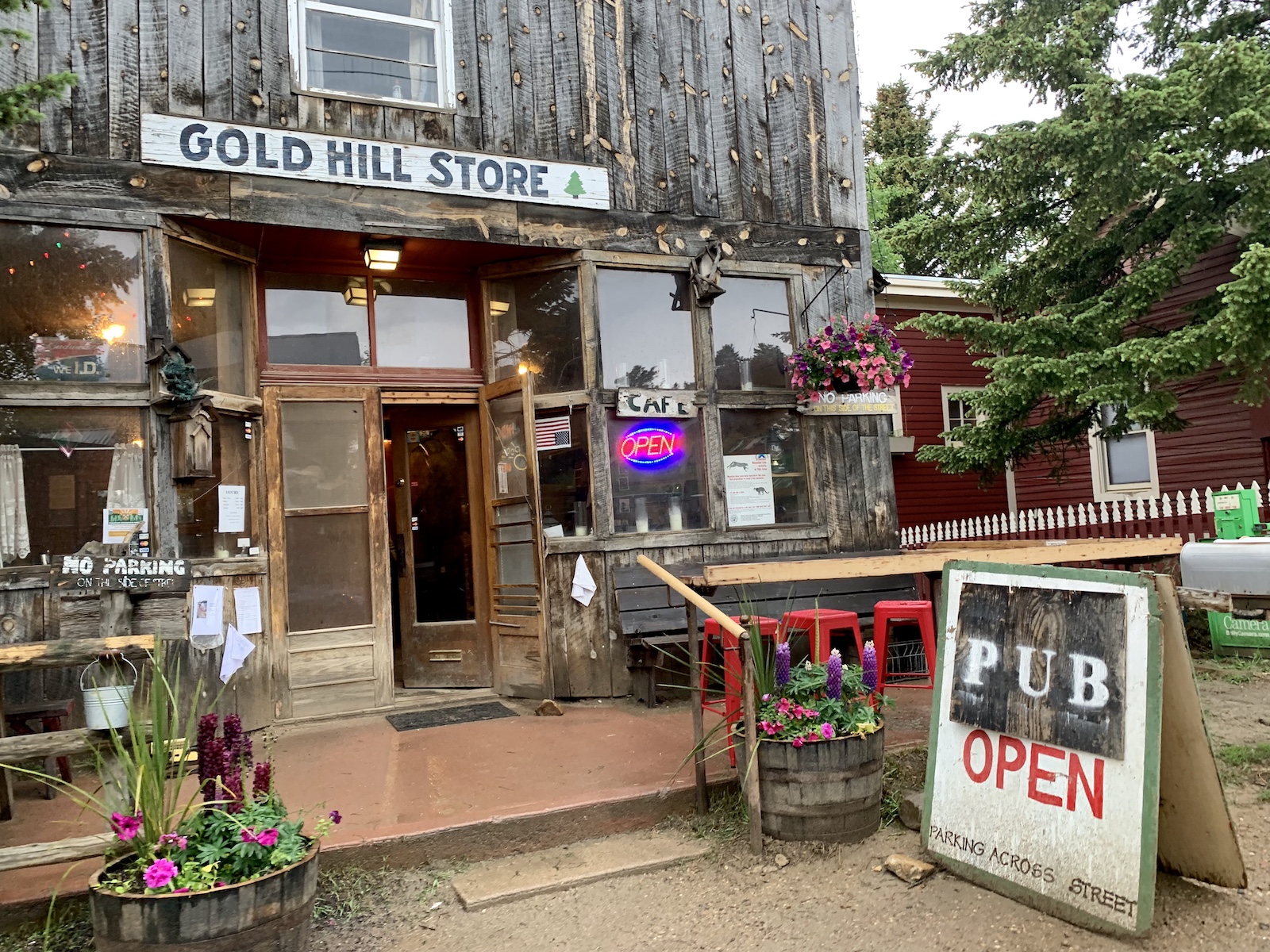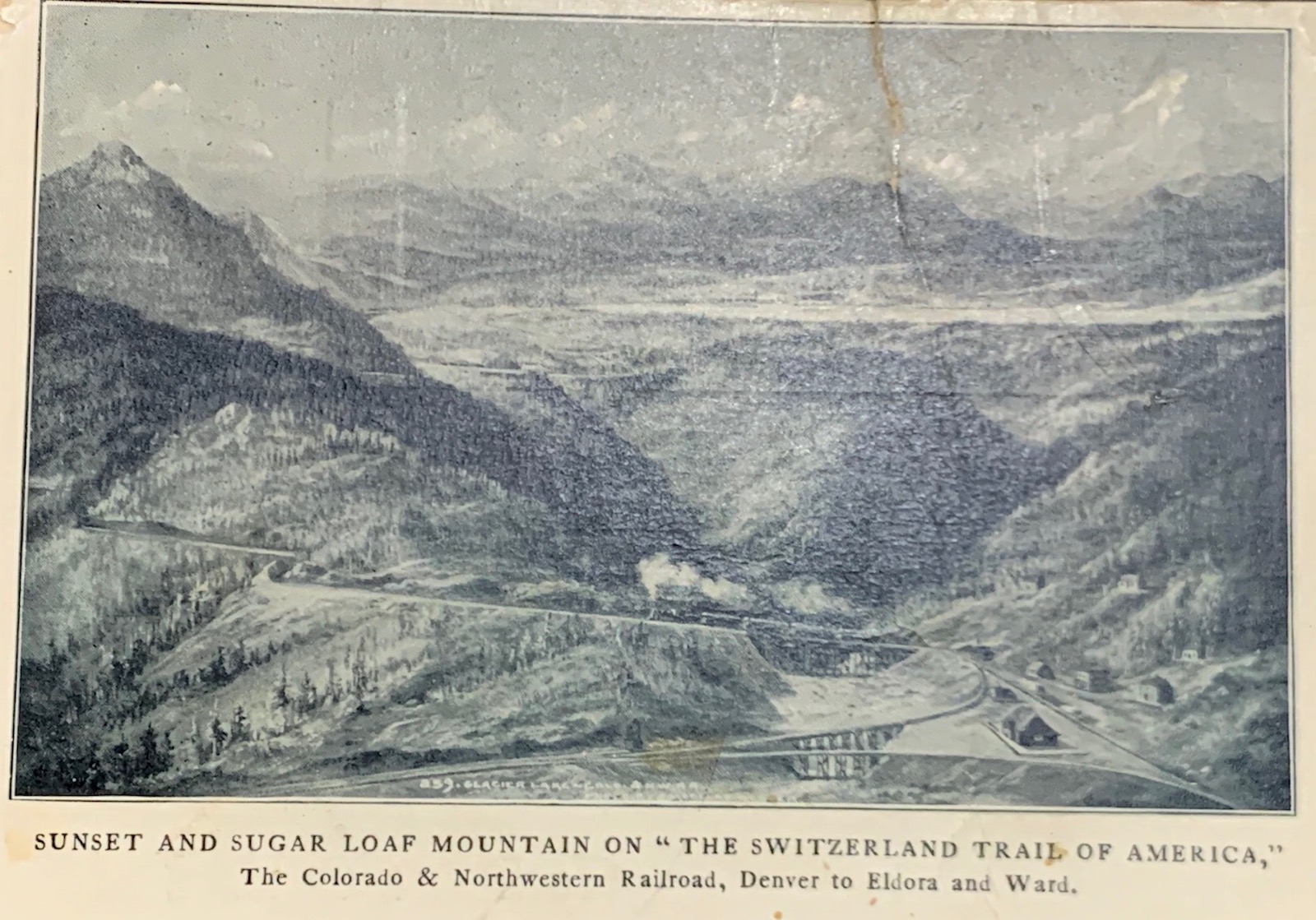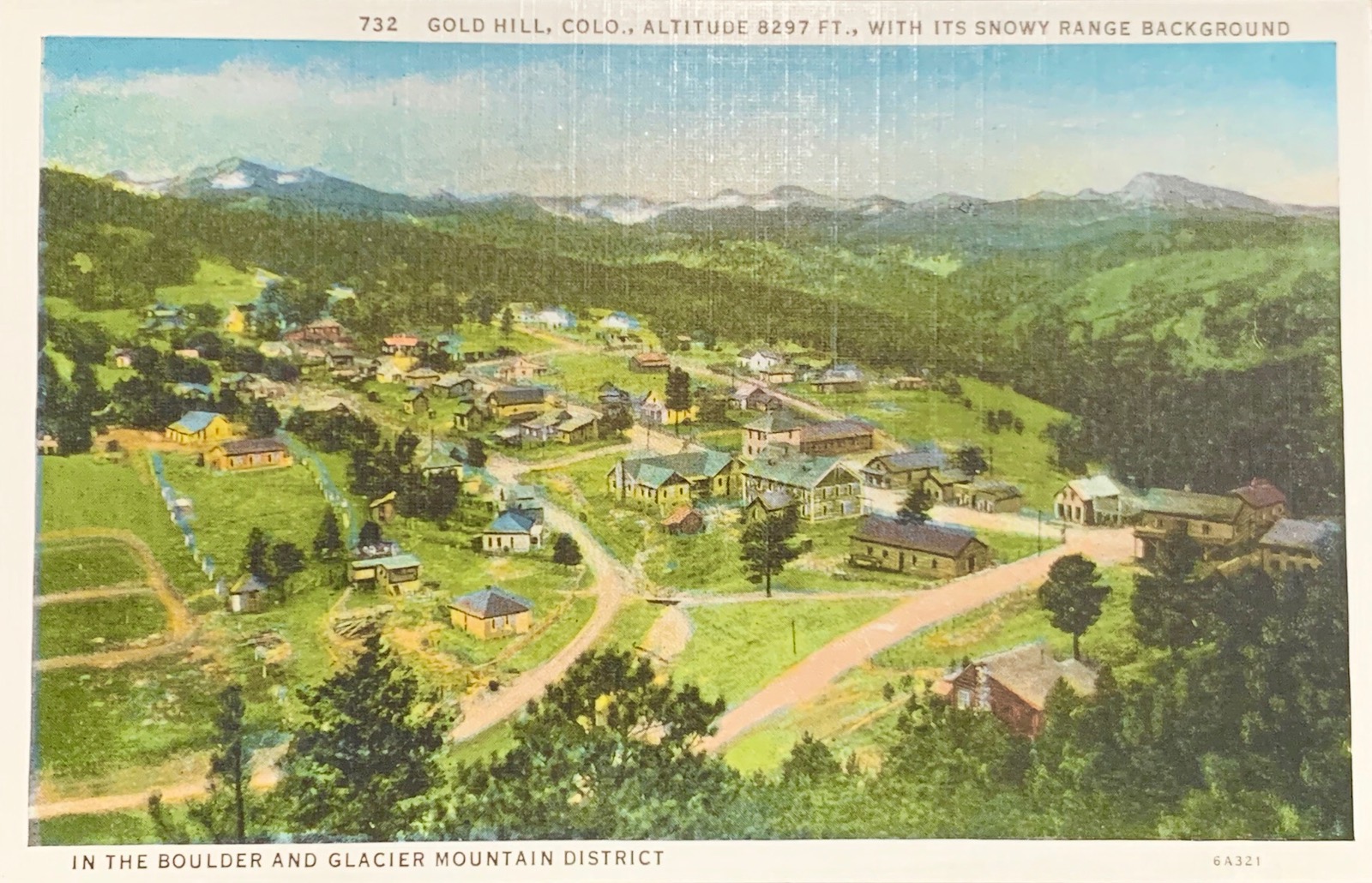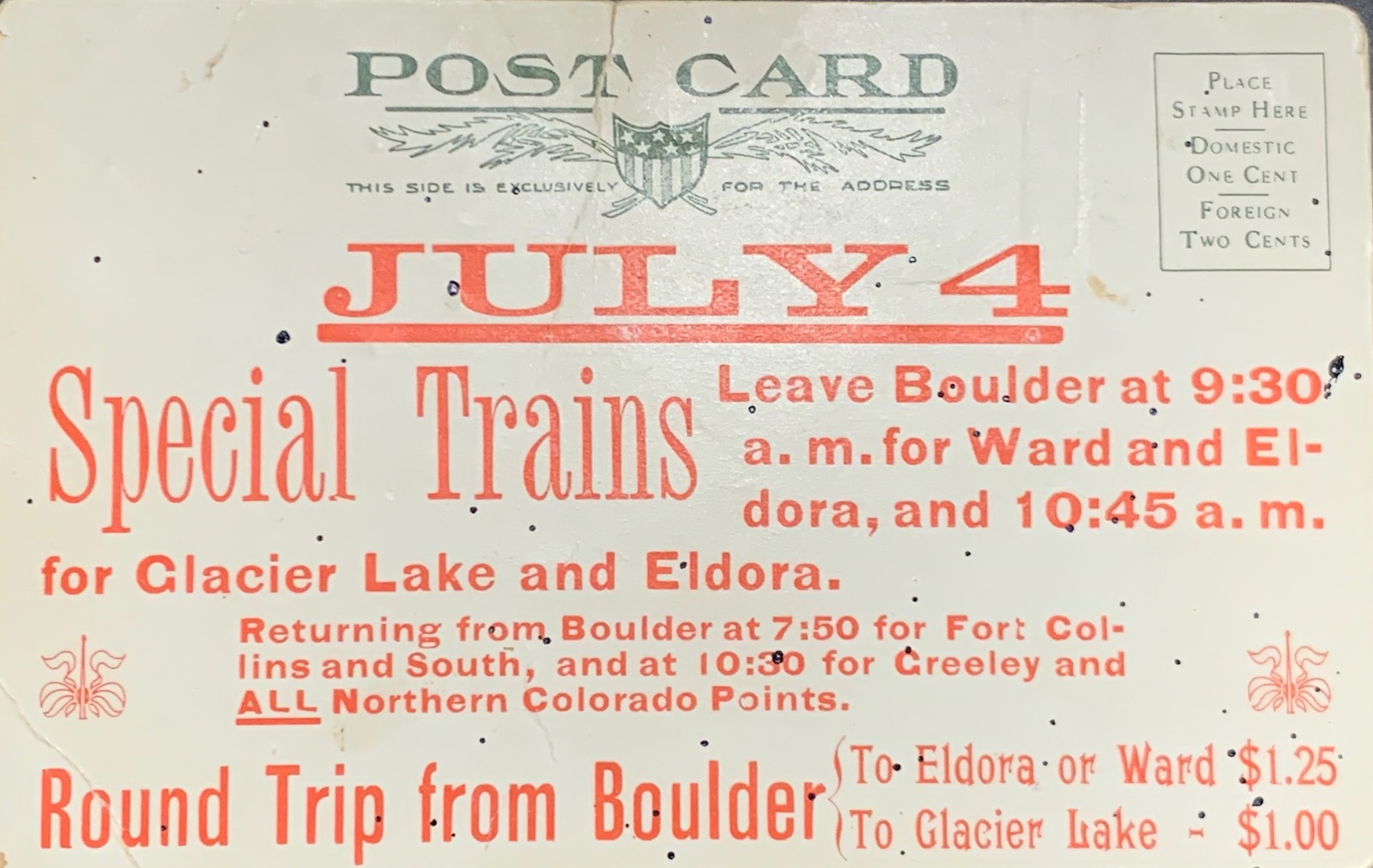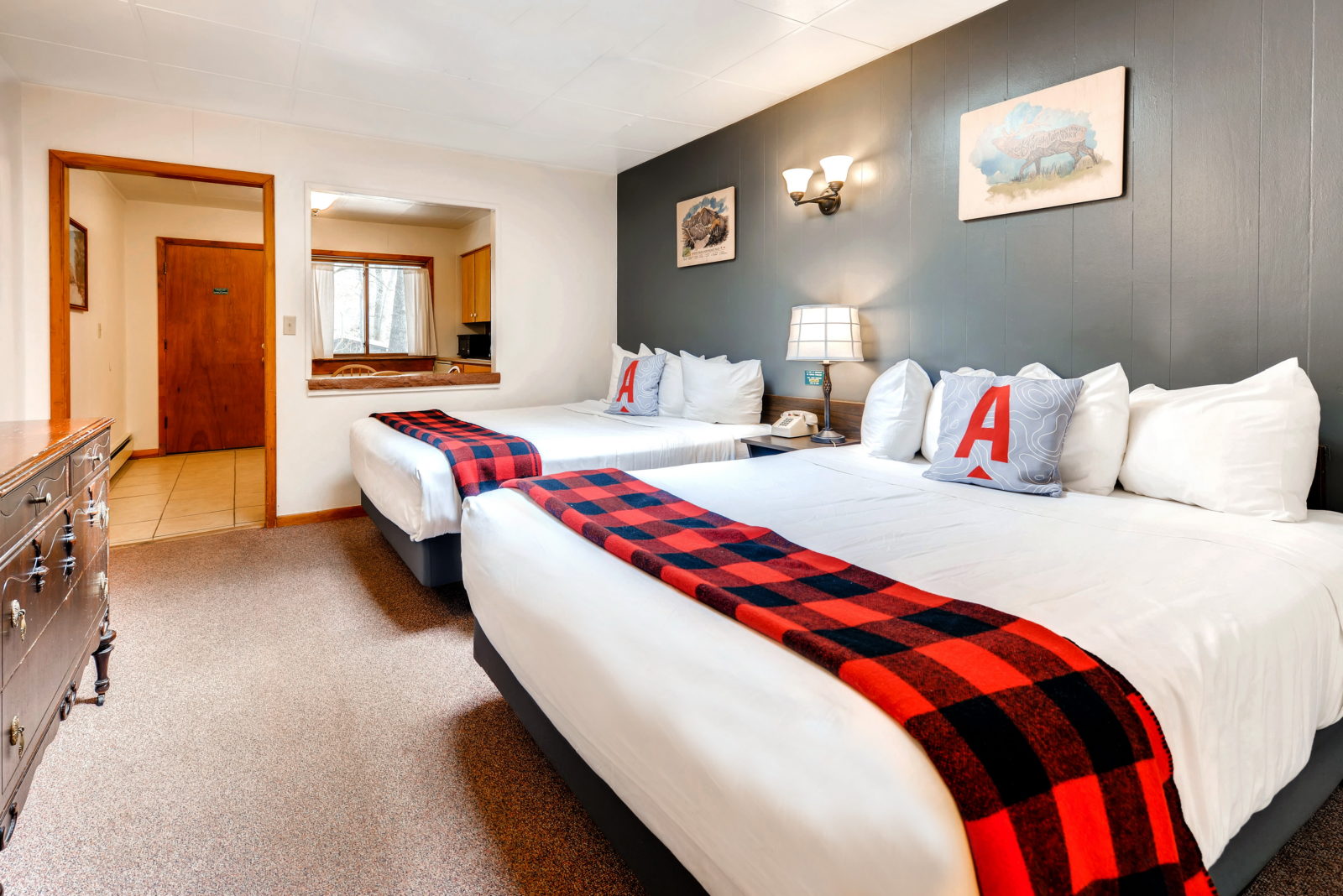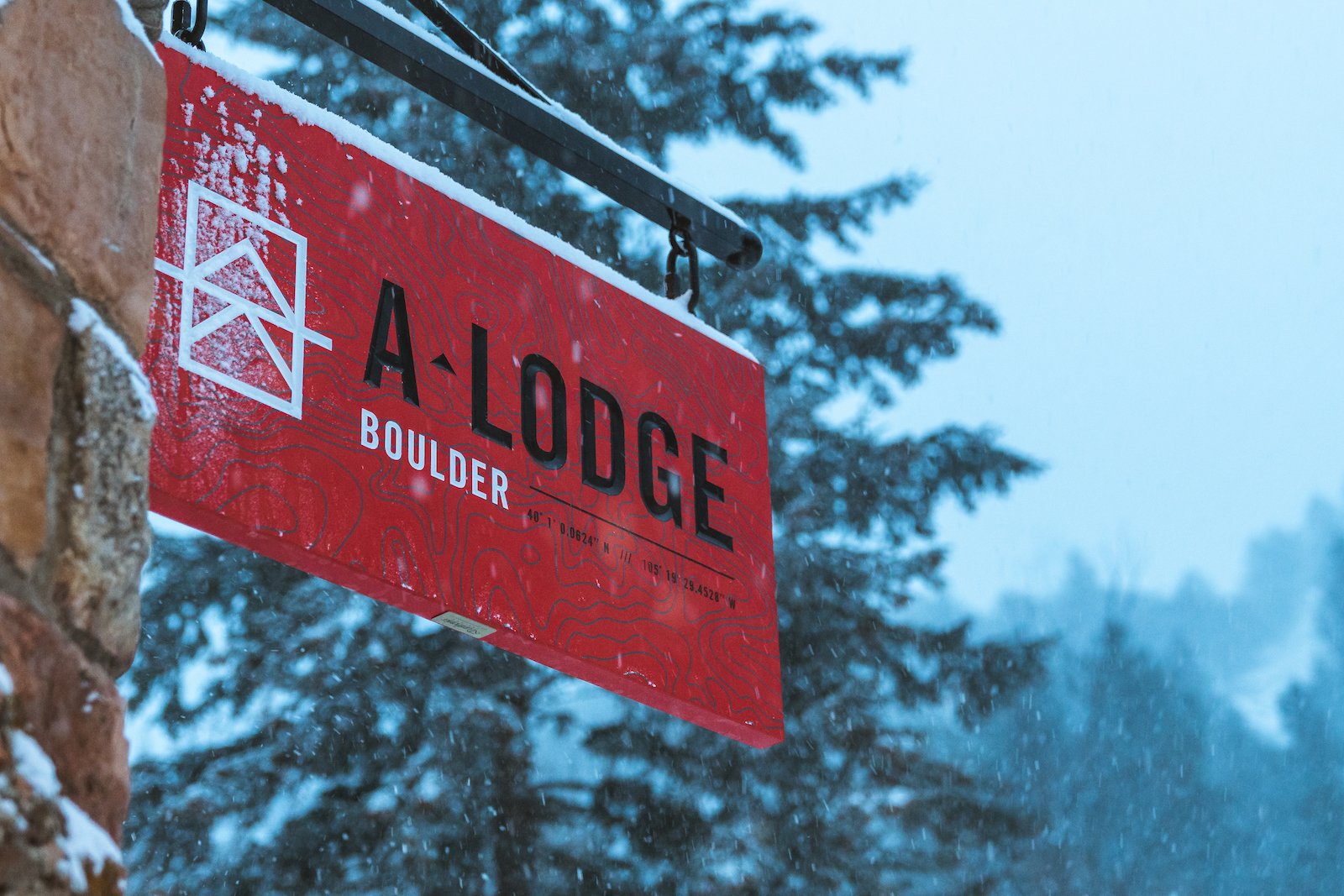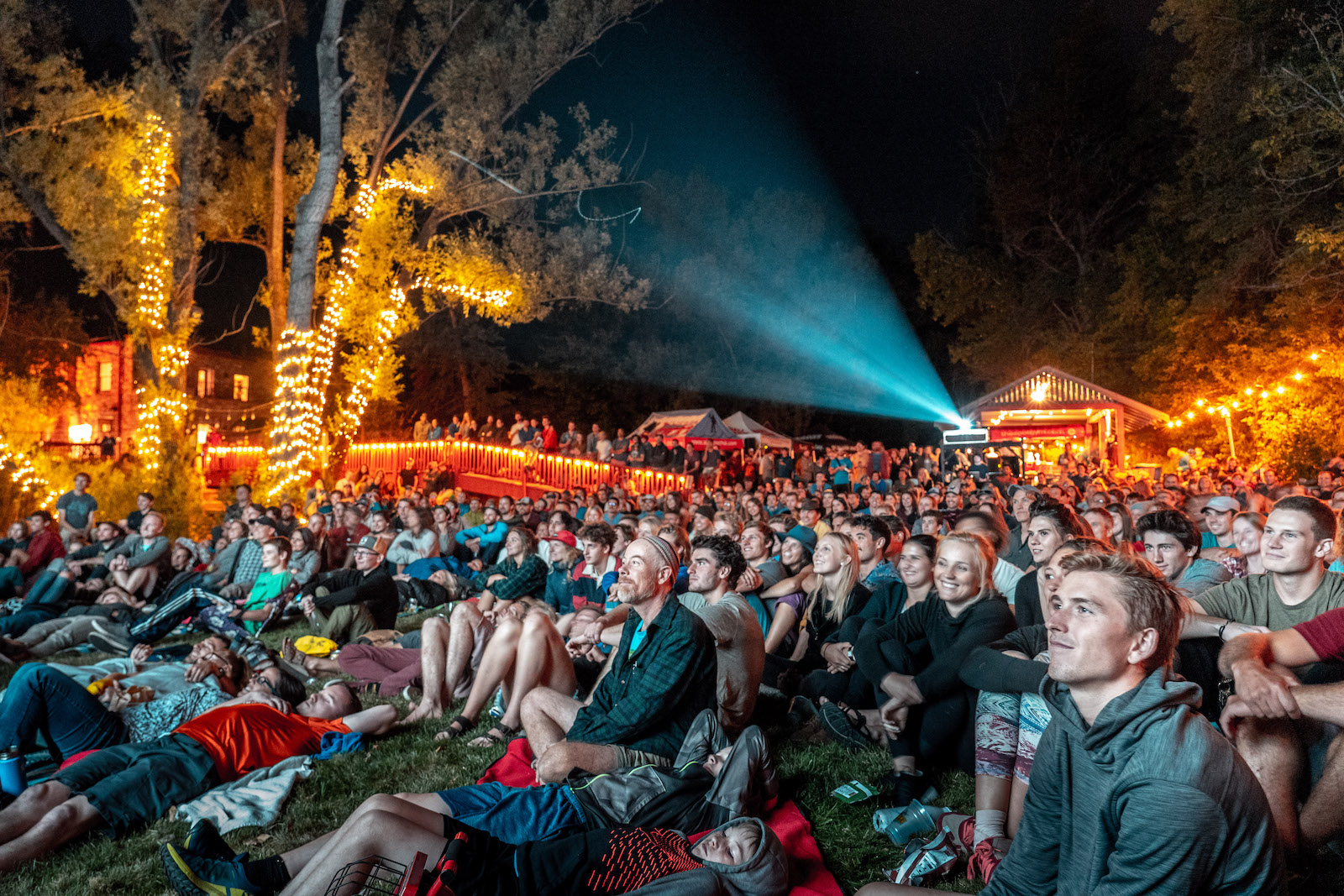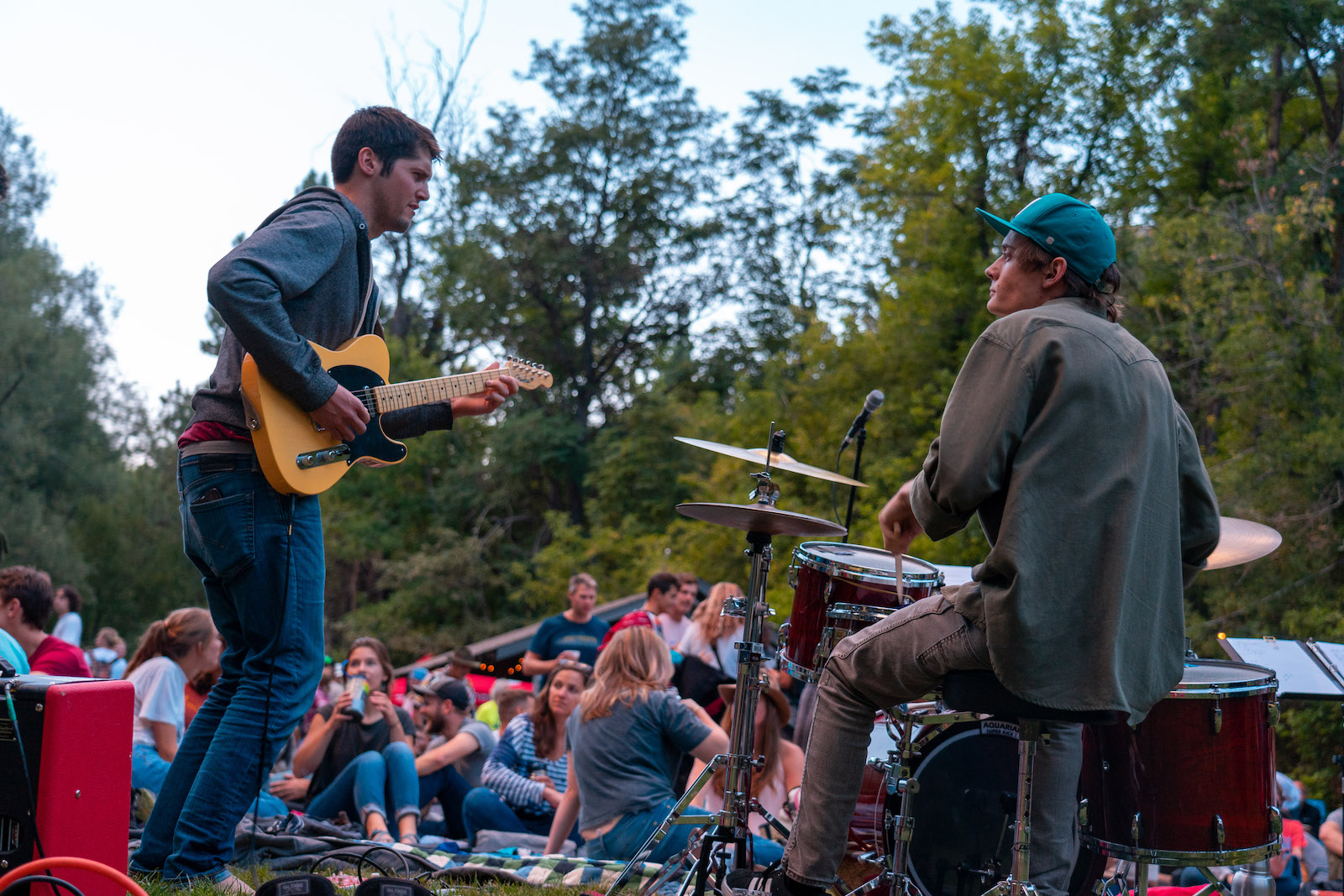The Local newsletter is your free, daily guide to life in Colorado. For locals, by locals.
There’s a long-forgotten railroad that, at the turn of the last century, meandered from downtown Boulder up into the foothills west of town. And it’s no wonder most of us have forgotten it. After all, what became the Denver, Boulder, & Western (DB&W) narrow gauge railroad lasted fewer than four decades before crews started dismantling its rails.
What began in 1883 as a railway line to haul gold, silver ore, and mining supplies eventually morphed into a tourist operation that carried fishermen and day-tripping picnickers on weekend excursions into the foothills—and it therefore became known euphemistically as the “Drink Beer & Wine” train by its laid-back sightseeing passengers.

But in 1919, a record rainfall and subsequent flood more-or-less ended the 36-year history of trains meandering from downtown Boulder, up Fourmile Canyon, and eventually to the mining outposts of Sunset, Ward, Gold Hill, and Eldora. Though crews started taking the DB&W apart 100 years ago this month, the long-ago route is alive with activity a century later. Here, we look at the various ways to eat, drink, play, and stay along the former rail line.
The A-Lodge
A recently revitalized 1950s-era camping and bed-and-breakfast facility, the A-Lodge is located on the former rail line about two miles from Boulder, near the former town of Orodell. Aside from overnight accommodations, the A-Lodge offers live music, community movie nights, outdoor yoga, and group trail runs throughout September and October, plus beer taps featuring locally brewed craft beers and adventure van rentals.
Sunset Trail Running Festival

Much of the former railway right-of-way is now the Switzerland Trail, a dirt road with a gentle five percent grade that stretches between Nederland and Ward and is popular among mountain bikers, trail runners, hikers, and 4WD enthusiasts. The inaugural Sunset Trail Running Festival on September 22 will include 5K, 10K, half marathon, and 50K races (plus a kids’ 1K race) that begin and end in Gold Hill, along with a post-race party and live music at the Gold Hill Inn. The longer races are held on a portion of the “Switz” trail that sends runners through the former railway junction of Sunset.
Gold Hill Inn
Although Gold Hill was three miles east of the line, it was one of the route’s key supply towns. Today, the town is quaint and quiet, with a population of around 230 people. But its crowning attraction is the Gold Hill Inn, a locally renowned, five-star restaurant housed in a historic log building, originally built in 1924 as a hotel and dining hall. In 1962, Frank and Barbara Finn purchased the property and turned it into a restaurant. Today, the iconic establishment is operated by the couple’s sons, brothers Chris and Brian Finn, who serve up gourmet three- and six-course meals, including such entrees as roast pork loin with Robert sauce, grilled Ono with tomatillo salsa, or rabbit braised with traditional Aztec mole sauce.
Gold Hill Store and Pub
Just down the road is the old-timey Gold Hill Store and Pub, which dates back to the 1890s, when the wooden structure served as the town’s grocery store, café, and meeting hall. Although it was shuttered when Gold Hill turned into a ghost town in the 1940s and ’50s, the historic storefront was revived as a grocery store in the 1970s. But it wasn’t until 1995 that it became a must-visit spot for mountain bikers to dig into breakfast, lunch—don’t skip the homemade pastries and baked goods—or even enjoy a couple of brews. The new owner (as of this summer) has added mixed drinks to the happy hour menu. Bonus: Check out the spot’s live music schedule.
Mt. Alto Picnic Area
During the latter days of the DB&W, one of the railroad’s primary functions was to carry day-tripping passengers to Mt. Alto Park above Sunset. The site, about 15 miles up the line from Boulder, included a grand wooden Chautauqua day lodge and a red sandstone fountain. Although only a portion of the hall’s stone chimney and the base of the fountain remain, the present-day Mt. Alto Picnic Area is an idyllic U.S. Forest Service site that offers views of the Indian Peaks Wilderness Area and golden aspen trees—the perfect spot to end a fall day exploring a historic and long-forgotten part of Colorado history.



